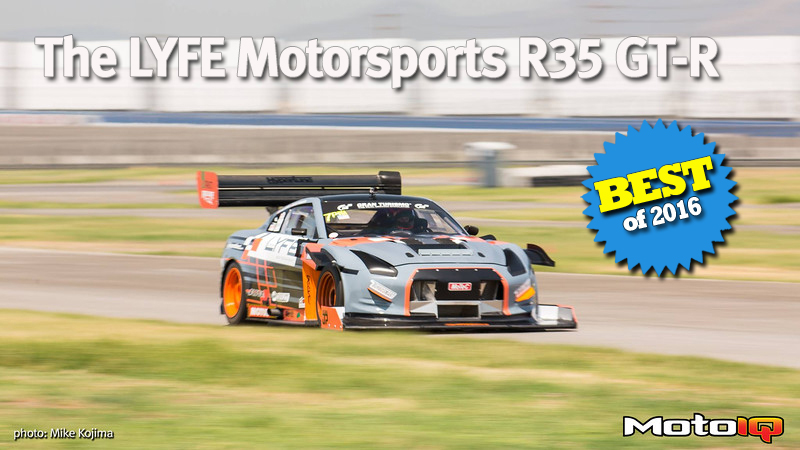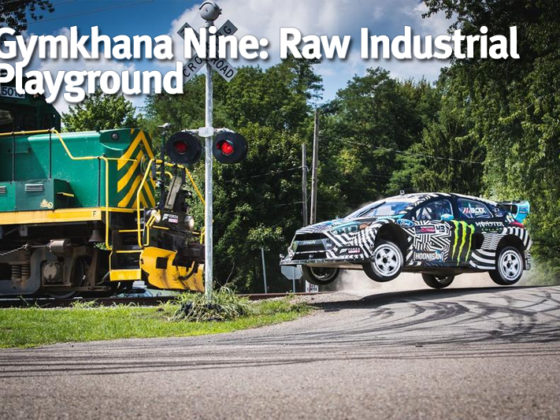,
 This stagnation plate helps the splitter make more downforce at the expense of a lot of drag. It adds stagnation pressure to the top of the splitter and activates more flow through the venturis underneath.
This stagnation plate helps the splitter make more downforce at the expense of a lot of drag. It adds stagnation pressure to the top of the splitter and activates more flow through the venturis underneath. The side plates of the splitter prevent air spillover on the ends of the splitter which increase its effectiveness greatly.
 The bottom of the splitter side plates has this pultruded fiber reinforced thermoplastic skidplate/side plate extensions.
The bottom of the splitter side plates has this pultruded fiber reinforced thermoplastic skidplate/side plate extensions. These perform two duties, one they seal the sides of the splitter to the ground and two, they act like a stop to help keep the splitter height above the ground more constant. This reduces the chances of pitch causing the front of the splitter to hit the ground, cutting off the airflow and greatly diminishing the splitter's effectiveness.
The side plate skids are a consumable item and are inspected every time the car goes out and replaced when needed. The splitter is designed to hinge in relation to the chassis so when the skids hit the ground the splitter can pivot and not be excessively stressed.
 A crew person replacing the side plate skids before a session.
A crew person replacing the side plate skids before a session.  Here is the type of wear seen after a session. The skids are replaced at this point.
Here is the type of wear seen after a session. The skids are replaced at this point.


